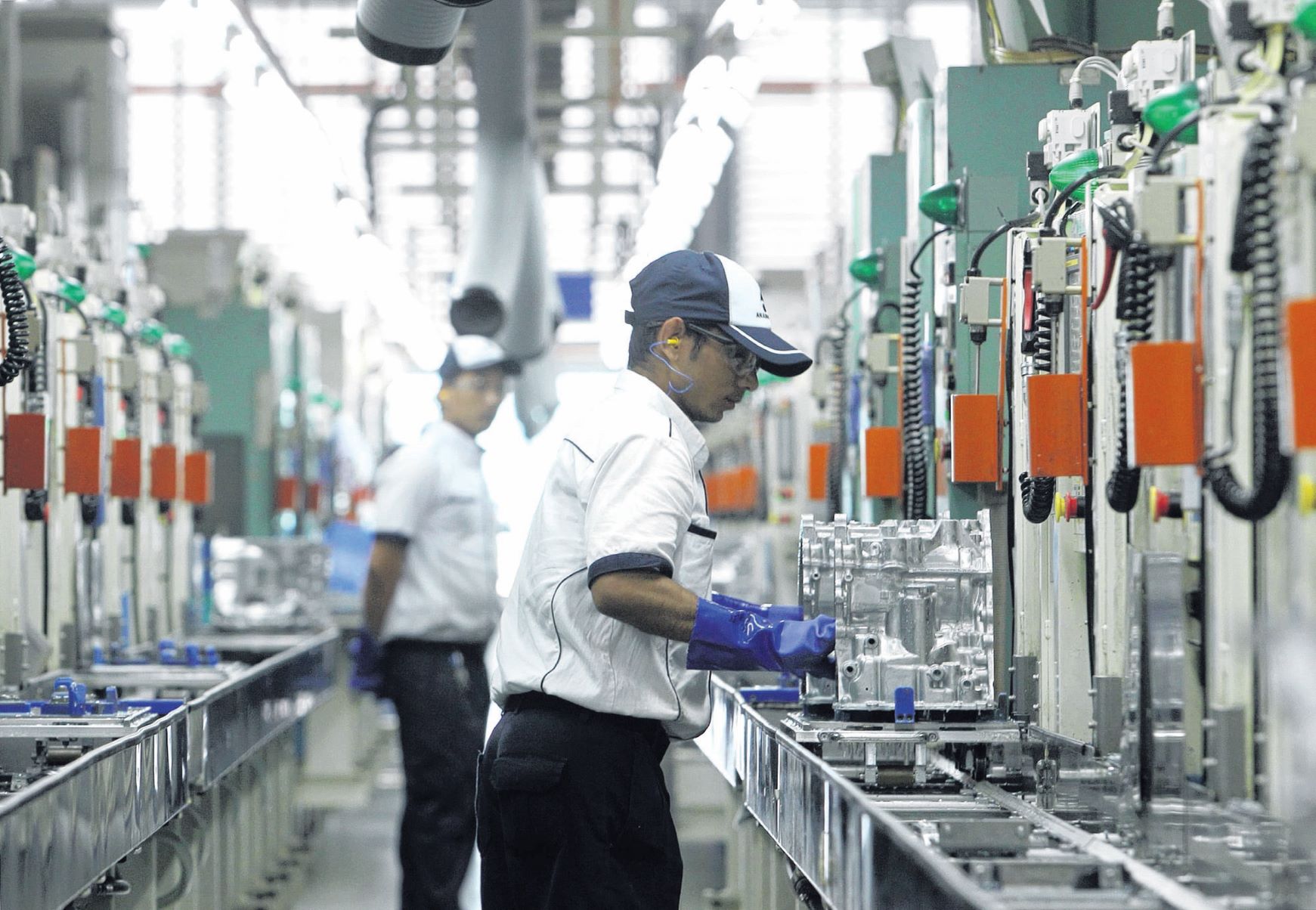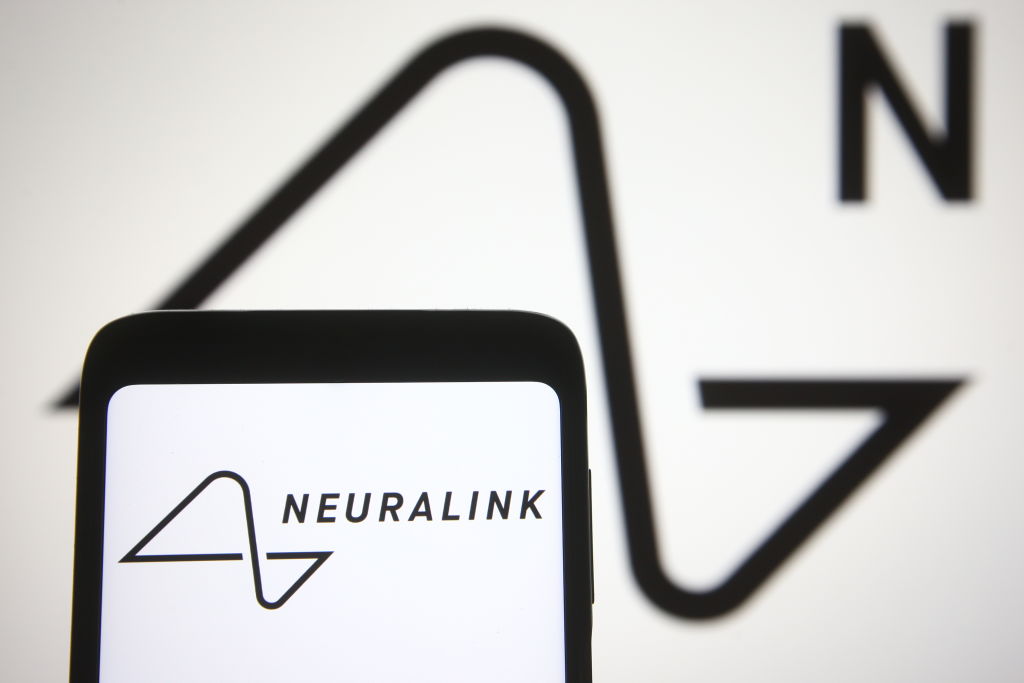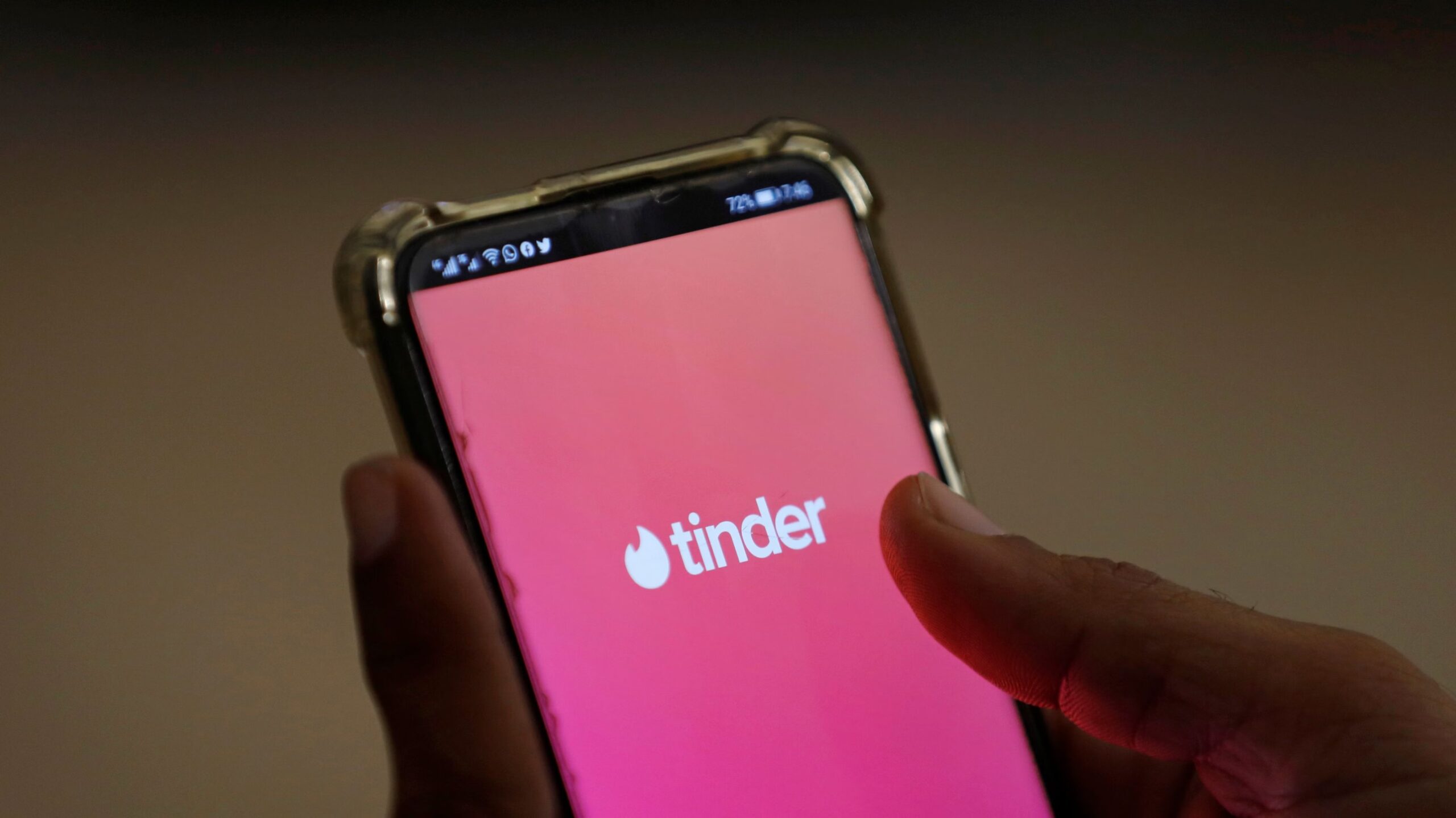Neuralink has reported positive progress in its early human trials, with no thread retraction observed in the brain implant of its second patient, named Alex. This marks a significant improvement over the first patient’s experience, where some of the implant’s threads had retracted from the brain, reducing signal reception.
The Elon Musk-led company, which aims to enable paralyzed patients to control devices and browse the internet using their thoughts, implemented mitigation measures to address the retraction issue. These measures included reducing brain motion during surgery and minimizing the gap between the implant and the brain’s surface.
For the first patient, Neuralink modified an algorithm to enhance signal detection and translation after noticing the thread retraction. The company noted that the first patient’s implant has stabilized and recovered.
Second Patient’s Activities and Progress
Meanwhile, Alex, the second patient, has successfully utilized his implant to engage in activities such as designing a custom mount for his Neuralink charger using computer-aided design (CAD) software.
Additionally, he has used the implant in conjunction with a specialized Quadstick game controller to play the first-person shooter game Counter-Strike 2, improving his gameplay by being able to move and aim simultaneously.
Future Features for Neuralink’s Brain Implant
Neuralink is also developing new features for its brain implant. The company is working on enabling the chip to decode multiple clicks and movements to offer full mouse and video game controller functionality. Additionally, it is developing algorithms to recognize a user’s intent to write by hand, potentially allowing individuals who cannot speak, such as those with ALS, to communicate more effectively.
Future plans also include enabling the implant to interact with the physical environment, potentially allowing users to operate a wheelchair or robotic hand to perform tasks like feeding or cleaning themselves.










